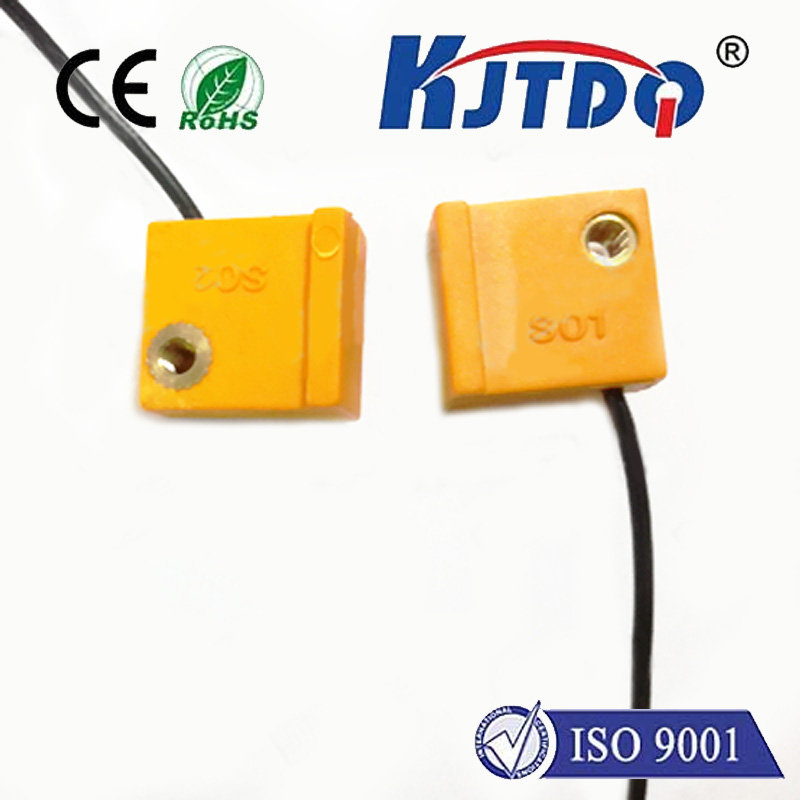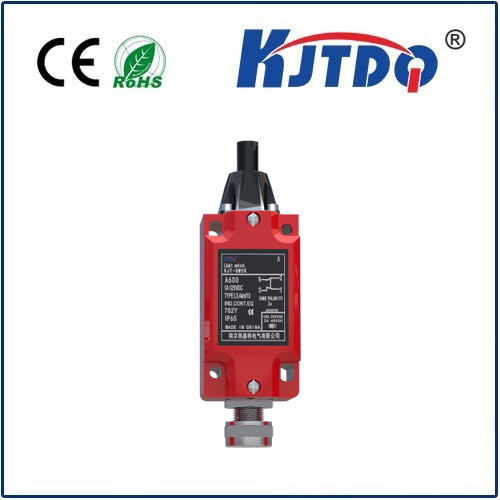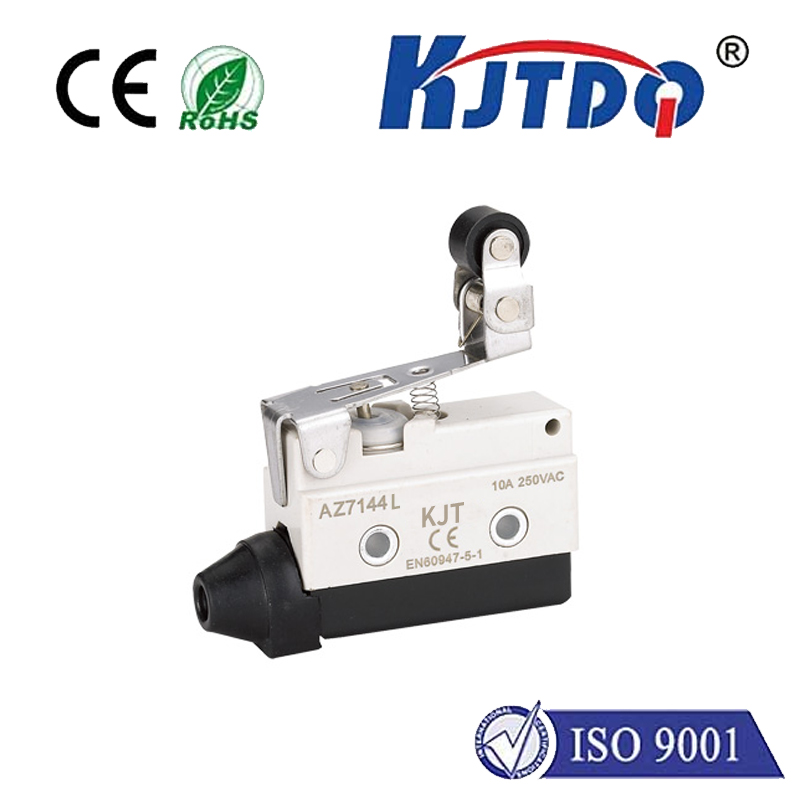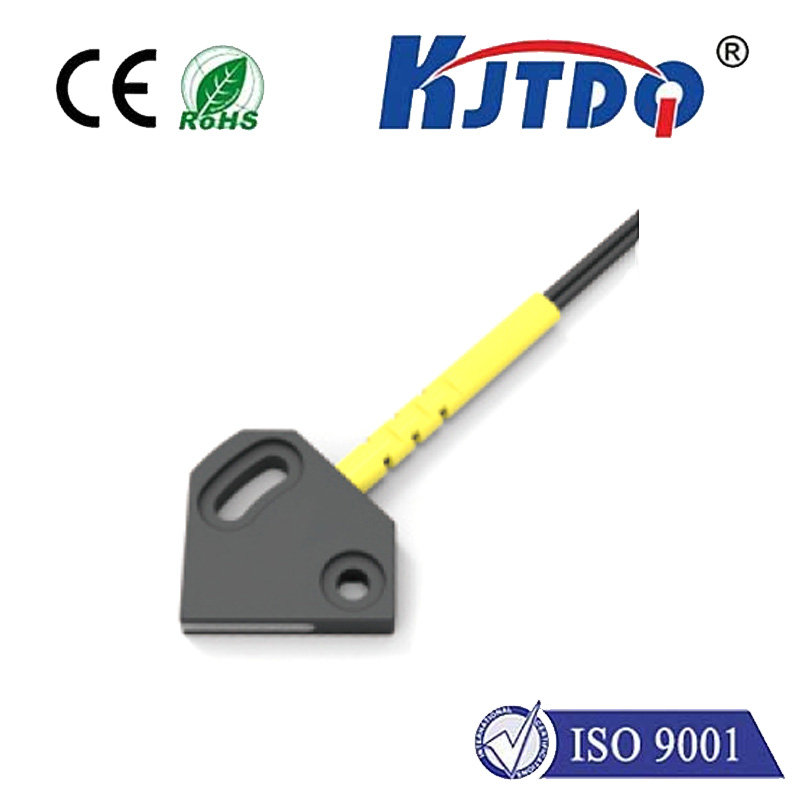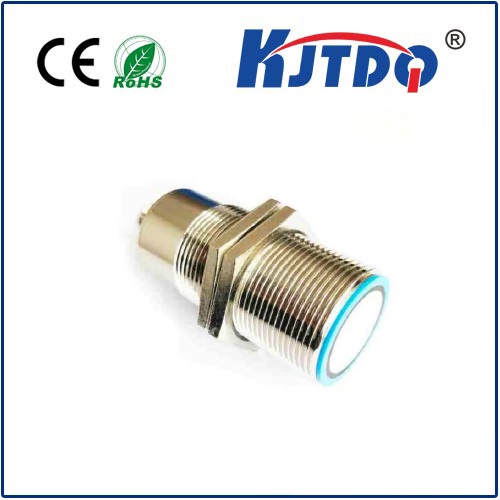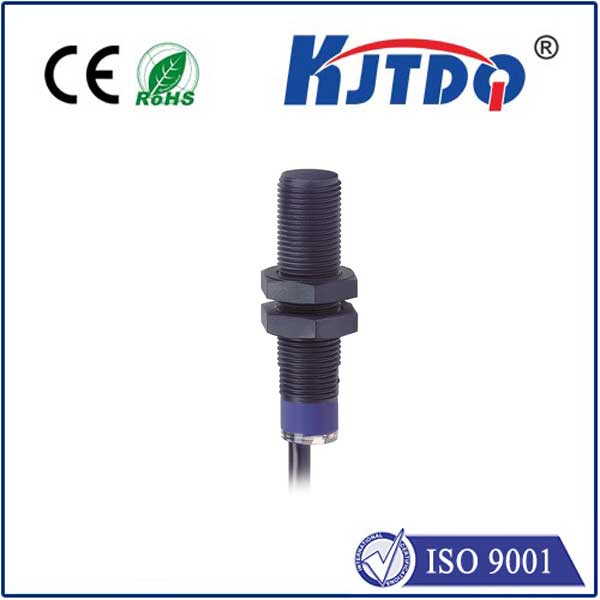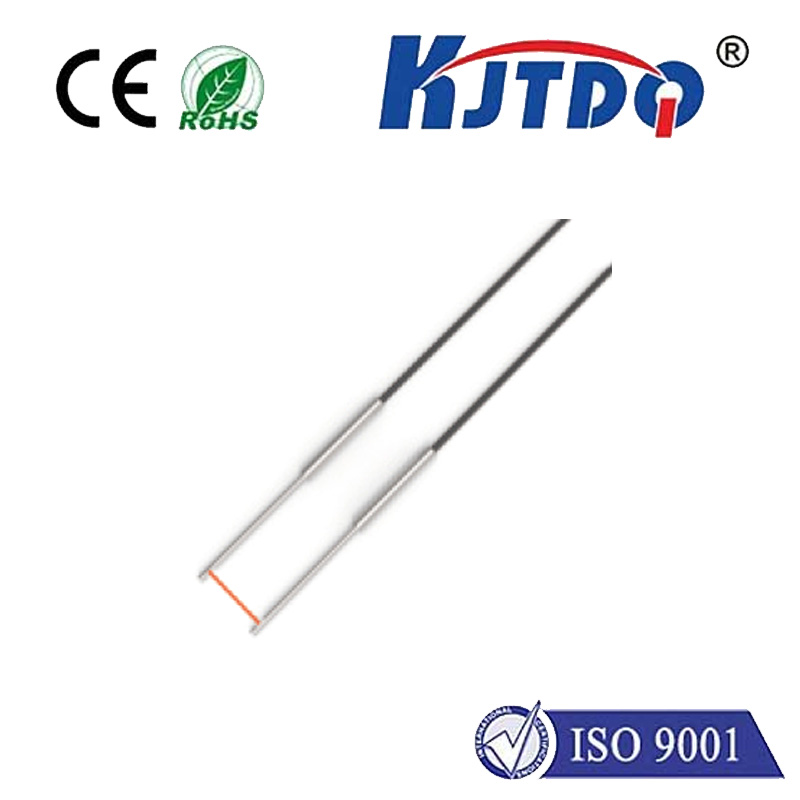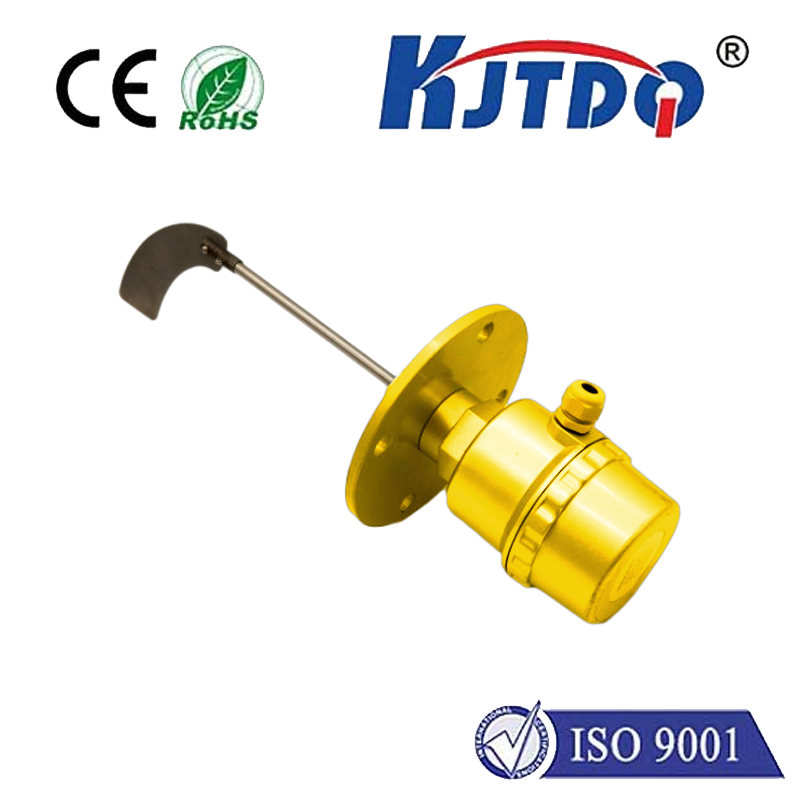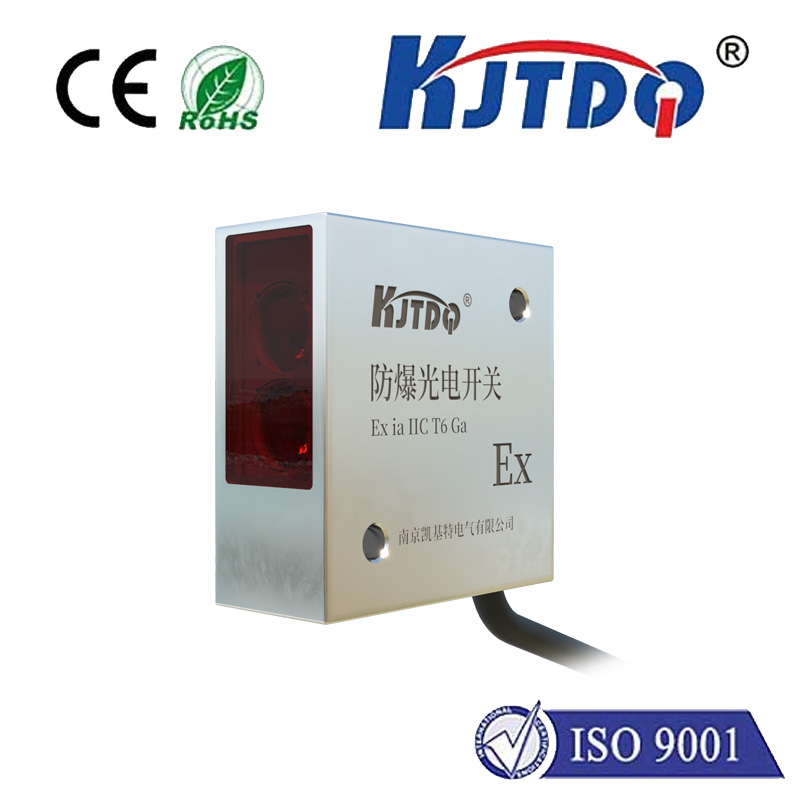omron distance sensor
- time:2025-07-02 01:48:43
- Click:0
Unveiling Precision: The Essential Guide to Omron Distance Sensors
Imagine a robotic arm gracefully assembling a smartphone, its movements guided by an unseen eye knowing exactly how far each component is. Picture a complex conveyor system flawlessly sorting packages, aware of each item’s position in real-time. Or visualize intelligent machinery automatically adjusting itself to different material thicknesses without human intervention. At the heart of this precise spatial awareness lies a critical component: the distance sensor. And when reliability, accuracy, and versatility are non-negotiable, Omron distance sensors consistently emerge as the preferred choice for engineers and integrators worldwide. Understanding how these sensors work and why they are so widely trusted is key to unlocking smarter automation solutions.
Omron: A Legacy of Sensing Excellence
Omron Corporation, a global leader in industrial automation and sensing technology, boasts a rich history of innovation. Their commitment to solving real-world engineering challenges has positioned them at the forefront of sensor development. Integrating decades of experience, Omron distance sensors are engineered not just to measure distance, but to deliver robust performance in demanding industrial environments. Whether facing vibration, dust, varying light conditions, or complex target surfaces, Omron sensors are designed to excel where others falter.

Decoding the Technology: Types of Omron Distance Sensors
Omron offers a diverse portfolio of distance sensors, each leveraging specific principles to best suit different applications. The primary types include:
- Laser Distance Sensors: Utilizing a focused laser beam, these sensors offer unparalleled precision and long-range measurement capabilities. They work on the principle of triangulation or time-of-flight. Triangulation sensors detect the position of the reflected laser spot on a sensor element, calculating distance based on the known angle. Time-of-flight sensors measure the time taken for the laser pulse to travel to the target and back. Omron’s laser sensors are renowned for their micron-level accuracy and ability to measure small targets or precise displacements.
- Ultrasonic Distance Sensors: These sensors emit high-frequency sound waves and measure the time it takes for the echo to return. Ideal for detecting transparent objects, liquids, or uneven surfaces where optical methods might struggle, ultrasonic sensors offer reliable detection regardless of color, transparency, or material (within acoustic properties). They provide robust performance in challenging environments with dust or steam and typically offer a longer sensing range than diffuse-reflective photoelectric sensors.
- Photoelectric Distance Sensors (Specifically Diffuse-reflective with Background Suppression): While traditional proximity sensors detect presence, Omron’s specialized photoelectric sensors with background suppression (BGS) or distance-settable capabilities effectively measure distance. They emit a light beam (often red LED or laser) and use sophisticated optics to precisely determine the point where the light reflected from the target is focused, rejecting reflections from objects beyond the set distance. This makes them highly effective for precise object positioning and distance-based triggering.
The Omron Advantage: Why Choose Their Distance Sensing Solutions?
Selecting an Omron distance sensor brings a suite of compelling benefits:
- Unmatched Precision and Stability: Engineered with high-quality optics and advanced signal processing algorithms, Omron sensors deliver exceptional accuracy and repeatability over time and across varying environmental conditions. Consistent readings are paramount for quality control and process optimization.
- Enhanced Reliability in Harsh Environments: Built to industrial-grade standards, Omron sensors feature robust housings (often IP67 or higher), resistance to electrical noise (EMI), and tolerance to common industrial contaminants like oil, dust, and cutting fluids. This translates to reduced downtime and maintenance costs.
- Simplified Integration and Setup: Many Omron distance sensors feature intuitive teach-in functions, clear beam indicators, and straightforward mounting options. This significantly reduces commissioning time and complexity. Compatibility with standard industrial networks and easy connection options further streamline integration.
- Versatility Across Applications: The breadth of Omron’s distance sensor portfolio – encompassing laser, ultrasonic, and advanced photoelectric types – ensures there’s an optimal solution for virtually any distance measurement challenge, from sub-millimeter precision to several meters of range, and across diverse targets.
- Innovation at the Core: Omron continuously invests in R&D, bringing features like higher resolutions, faster response times, smaller form factors, and enhanced communication protocols to market, ensuring users have access to cutting-edge technology.
Powering Diverse Applications Across Industries
The exceptional capabilities of Omron distance sensors make them indispensable across a vast spectrum of industries:
- Factory Automation & Robotics: Precise positioning of robotic arms, end effectors, and workpieces; dimensional inspection (height, width, thickness); conveyor belt gap detection; palletizing/depalletizing control; and accurate part presence verification.
- Packaging & Material Handling: Bottle/can fill level control, stacking height measurement, label placement verification, carton dimensioning, and ensuring precise object positioning before sealing or wrapping. Ultrasonic sensors excel in detecting transparent films or irregularly shaped packages.
- Semiconductor & Electronics Manufacturing: Demanding micron-level positioning of wafers and components, solder paste inspection height measurement, lead coplanarity checks, and precision alignment during assembly processes. High-precision laser sensors are crucial here.
- Automotive Manufacturing: Gap and flush measurement between body panels, precise wheel alignment checks, positioning of components during assembly, and robotic path guidance based on part location.
- Logistics & Warehousing: Automated guided vehicle (AGV) navigation and obstacle detection (long-range ultrasonic or time-of-flight laser common), warehouse inventory level monitoring (e.g., pallet height), and dimensioning systems for shipping.
- Food & Beverage Processing: Monitoring fill levels in tanks or containers, detecting the height of product within packaging, and controlling the position of packaging films/lids.
From ensuring micron-perfect alignments on a semiconductor production line to reliably detecting the fill level of a transparent juice bottle on a high-speed conveyor, Omron distance sensors provide the critical spatial intelligence that drives efficiency, quality, and safety in modern industrial systems. Their blend of precision, ruggedness, and ease of use continues to set the benchmark, empowering engineers to build smarter, more responsive automation solutions for the challenges of today and tomorrow. Choosing the right sensor technology is fundamental to achieving robust and reliable automation – Omron distance sensors consistently prove to be a cornerstone of that foundation.






